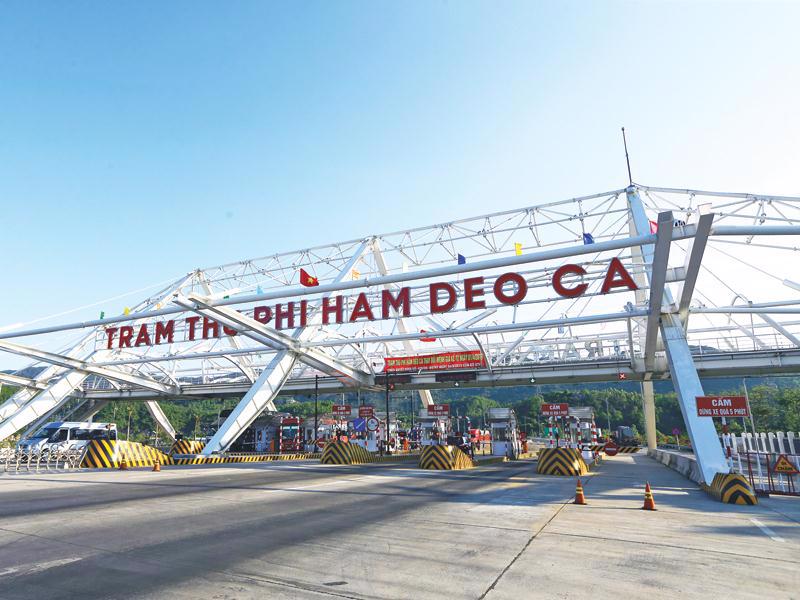INTERNATIONAL INVESTMENT
AND PORTAL
Vietnam’s economy is forecast by the Asian Development Bank (ADB) to grow at 6.6 and 6.5 per cent in 2025 and 2026, respectively, following a robust 7.1 per cent growth last year. What will be the key drivers for such a forecast to materialise?
 Nguyen Ba Hung, chief economist of the Asian Development Bank in Vietnam
Nguyen Ba Hung, chief economist of the Asian Development Bank in Vietnam
In 2024, the GDP growth was driven by strong export and foreign direct investment (FDI) performance, with exports growing by 15.5 per cent and FDI disbursement increasing by 9.4 per cent. Domestic consumption growth was resilient at 6.6 per cent, although slightly weaker than overall GDP expansion.
In 2025, the global economic environment is experiencing significant uncertainty, putting downward pressure on growth. External demand and export-oriented FDI are expected to face strong headwinds, likely contributing less to growth. To achieve its ambitious target, Vietnam needs to focus on balancing drivers within the domestic economy.
Effective execution of public investment is key. As a fiscal stimulus measure, public investment should be prioritised because Vietnam still has ample space with public debt to GDP ratio below 36 per cent within the 60 per cent limit.
Accelerating investment in quality infrastructure, including attracting foreign investments, both public and private, into infrastructure mega-projects is both a critical need and an opportunity for boosting growth, stimulating demand and creating employment.
This, in turn, will invigorate the domestic economy and boost private sector investment as well as consumption. Domestic private investment might also rise as reforms continue.
What will be the main challenges for Vietnam’s growth prospects?
Considering the potential drivers of growth in 2025 and beyond, several challenges are emerging that require proactive and long-term measures to address them sustainably.
Firstly, managing global economic uncertainties is crucial for Vietnam’s growth. As an economy with a high level of trade openness, Vietnam is particularly vulnerable to fluctuations in global trade and investment flows caused by geopolitical conflicts and trade protectionism.
This vulnerability is especially pronounced in the face of the US’s reciprocal tariffs and the resulting escalations from its trading partners. The unprecedented tariff increases could lead to trade fragmentation, renewed supply chain disruptions, and increased global economic uncertainty. This threatens to reduce export volumes and deter foreign investment, particularly in key sectors.
Secondly, adapting to climate change vulnerabilities is critical for Vietnam to maintain growth momentum. Vietnam’s extensive coastline and reliance on agriculture make it susceptible to extreme weather events and climate change impacts, such as rising sea levels. These environmental challenges can cause significant damage to infrastructure and asset loss, and adversely affect agricultural productivity, constraining overall economic performance.
How will Vietnamese exports likely perform?
While it is still early to assess the impact of the US tariff policy, it is likely that this measure, compounded by any further reciprocal tariff rates eventually imposed on Vietnam’s exports, will exert significant pressures on Vietnam’s overall trade revenues, as well as FDI performance, which aims to boost exports.
When Vietnamese goods are subject to high tariffs, Vietnam’s exports to the US will decline due to two main reasons. First is reduced import demand from US customers due to higher prices, and second is increased competition from other countries with lower tariffs.
Additionally, Vietnam’s exports to other markets will face competition from other countries unable to sell to the US, coupled with a fall in overall demand due to lower global growth. To a certain degree, the risks of slower growth may increase pressures on employment, reduce incomes, and disproportionately affect vulnerable communities.
How might FDI inflows into Vietnam be affected?
When the prospects of exports from Vietnam to the US and other markets become less attractive, export-oriented foreign-invested firms located in Vietnam may shift to other countries that can better compete in the US and global markets. This shift can directly affect many export industries, including semiconductor and electronics. In the near term, it is expected that most investors will pause to see how the situation develops and stabilises before deciding their next moves.
To strengthen its attractiveness to FDI generally, Vietnam can enhance the overall economy’s efficiency and competitiveness.
Despite these challenges, Vietnam can ensure sustained longer-term growth resilience through a combination of measures.
Firstly, Vietnam can balance its dependence on external demand by boosting domestic demand, both consumption and investment, from both public and private sectors.
This approach can also address inclusiveness concerns and strengthen broader-based growth, while accelerating the green economy transition and addressing climate change vulnerabilities.
Secondly, the country can enhance its competitiveness and efficiency by reducing the costs of doing business and trading across borders. This strategy aims to broaden Vietnam’s trade network and diversify export markets, leveraging its growing list of free-trade agreements with key trading partners.



















